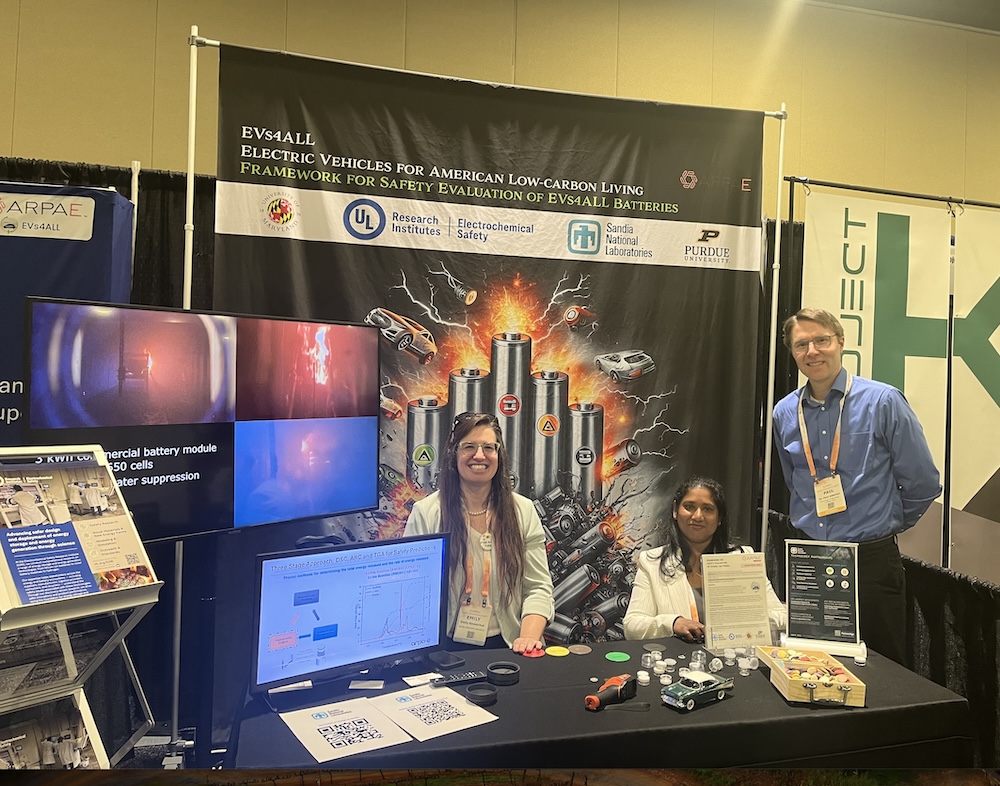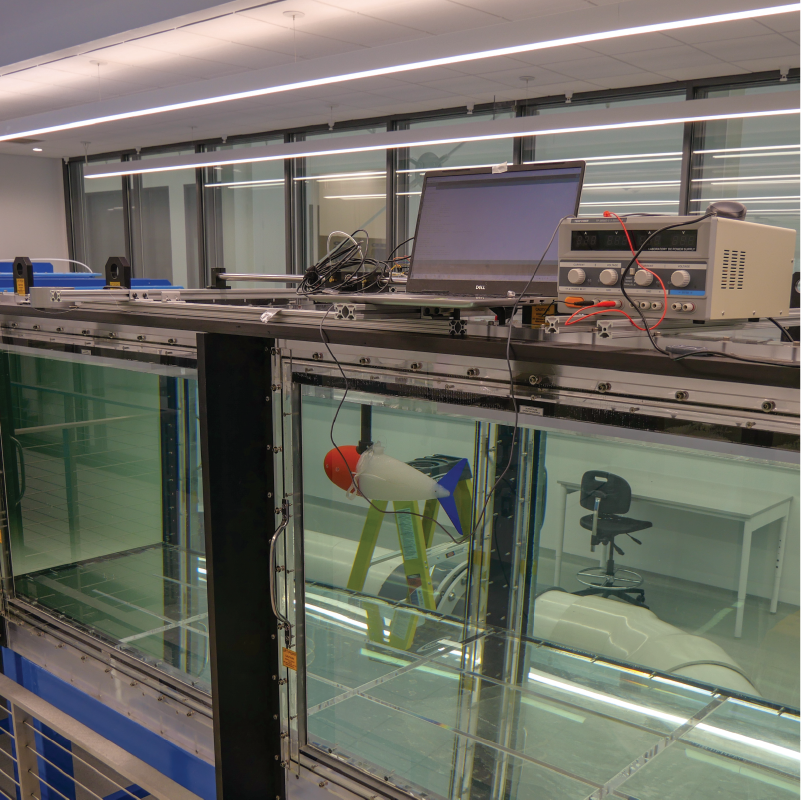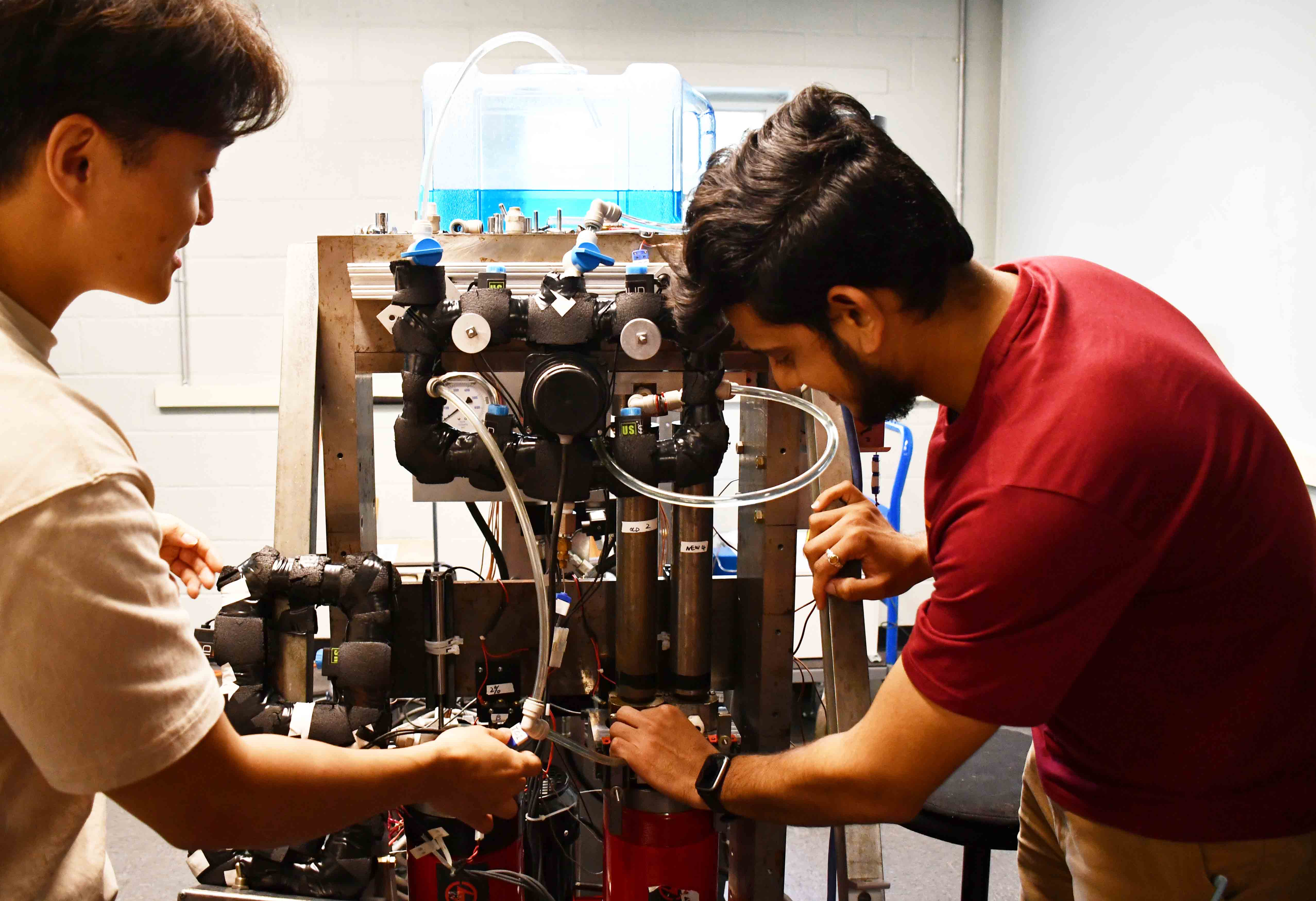News Story
Livingston Team Wins NSF-EAGER Grant
Department of Materials Science and Engineering adjunct professor Richard A. Livingston is the co-PI on a research collaboration recently awarded a National Science Foundation Early-concept Grant for Exploratory Research (NSF-EAGER). The project, titled "Development of Synthetic Fly Ash Glass as a Model System for Investigating Fly Ash Reactivity," is funded under the American Recovery and Reinvestment Act of 2009. Livingston's co-PI is Department of Civil and Environmental Engineering professor Amde M. Amde. The pair will be working with Walairat Bumrongjaroen of the Catholic University of America's Vitreous State Laboratory. The project's goal is to demonstrate the use of synthetic glass as a simulant and model for studying the reactivity of fly ash in concrete.Fly ash, a byproduct generated by the combustion of coal, is currently being recycled in a variety of ways—including use in road construction, soil stabilization, paint, and building materials—to help keep some of the millions of tons of it produced each year out of landfills. One of its popular uses is as a substitute for a portion of the Portland cement required in the creation of concrete. It is less expensive than Portland cement, and its glassy quality improves the flow of the concrete in its liquid state. However, concrete made with fly ash does not always perform as expected because the ash's particle size and chemical composition may vary widely depending on the coal and combustion conditions it came from. This also makes it difficult to study in our efforts to improve materials made with it.
To better understand and predict the behavior of fly ash in concrete, Livingston and his colleagues will develop a synthetic glass fly ash whose particle size and composition can be controlled in a variety of conditions, enabling a truly systematic study. The new material will be produced at Bumrongjaroen's Vitreous State Laboratory and characterized using an environmental scanning electron microscope and other instruments in the Nanoscale Imaging, Spectroscopy, and Properties Laboratory (NispLab). Its mechanical properties will be measured in the Department of Civil and Environmental Engineering's Concrete Test Laboratory.
NSF-EAGER grants are used to support potentially "high risk, high payoff" research in its early stages. EAGER projects often focus on entirely new or radically different approaches to problems, special expertise, or novel interdisciplinary collaborations.
For More Information:
View the NSF-EAGER grant abstract »
Published September 29, 2009









